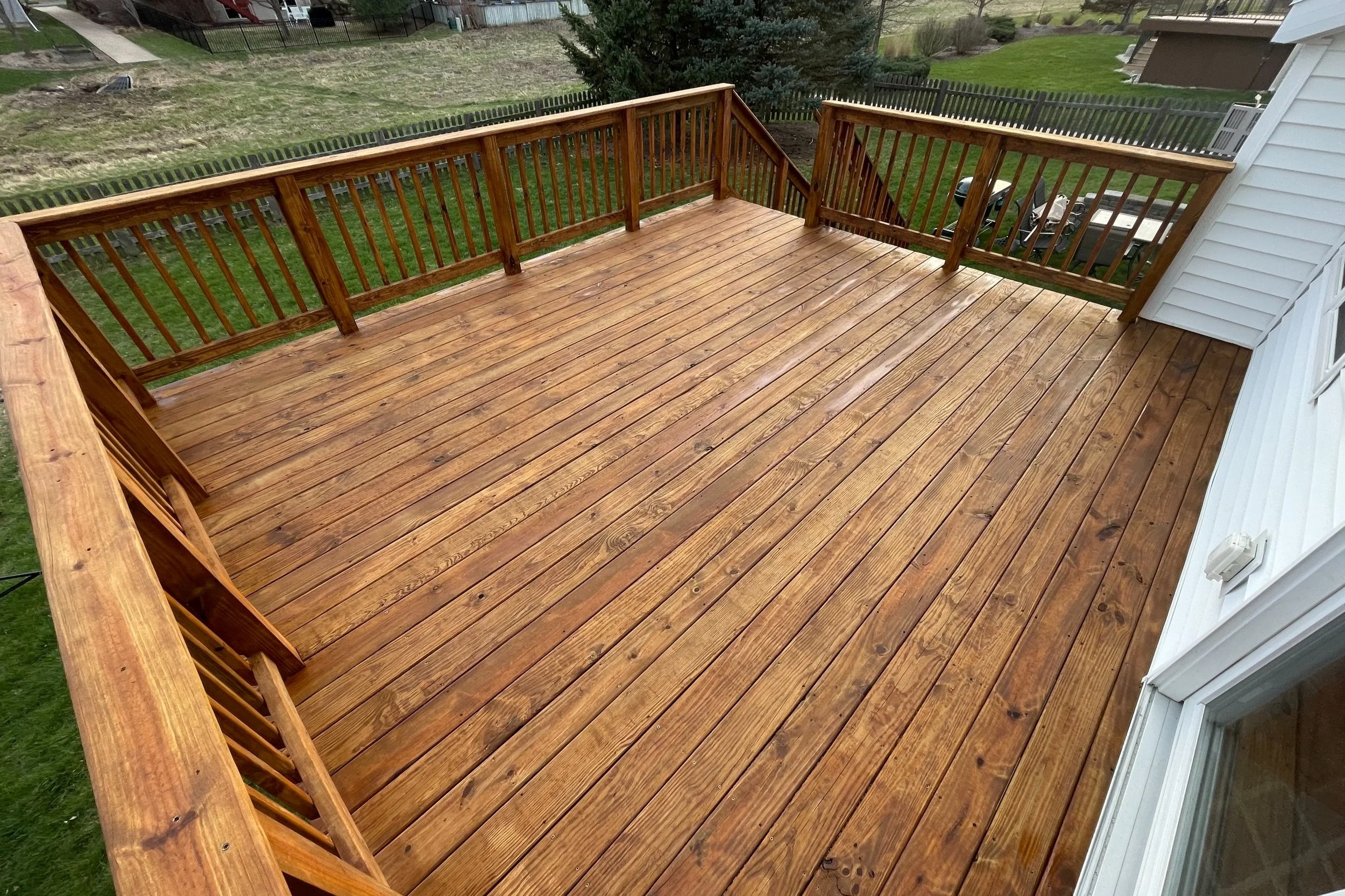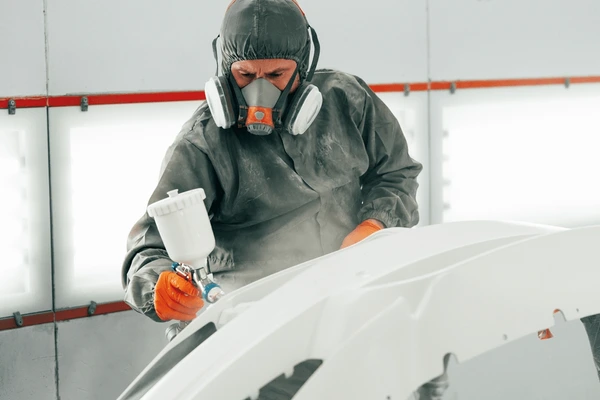10 Reasons to Use Animation in Post-Production
In the world of post-production, the animation plays an important role in helping filmmakers create engaging visuals. Whether it’s adding a touch of magic to a scene or creating a…
A Guide To Teaching Chair Yoga Classes
Many people are in the same boat: they want to find new ways to improve their health and well-being but don’t have the time or energy for a traditional workout.…







